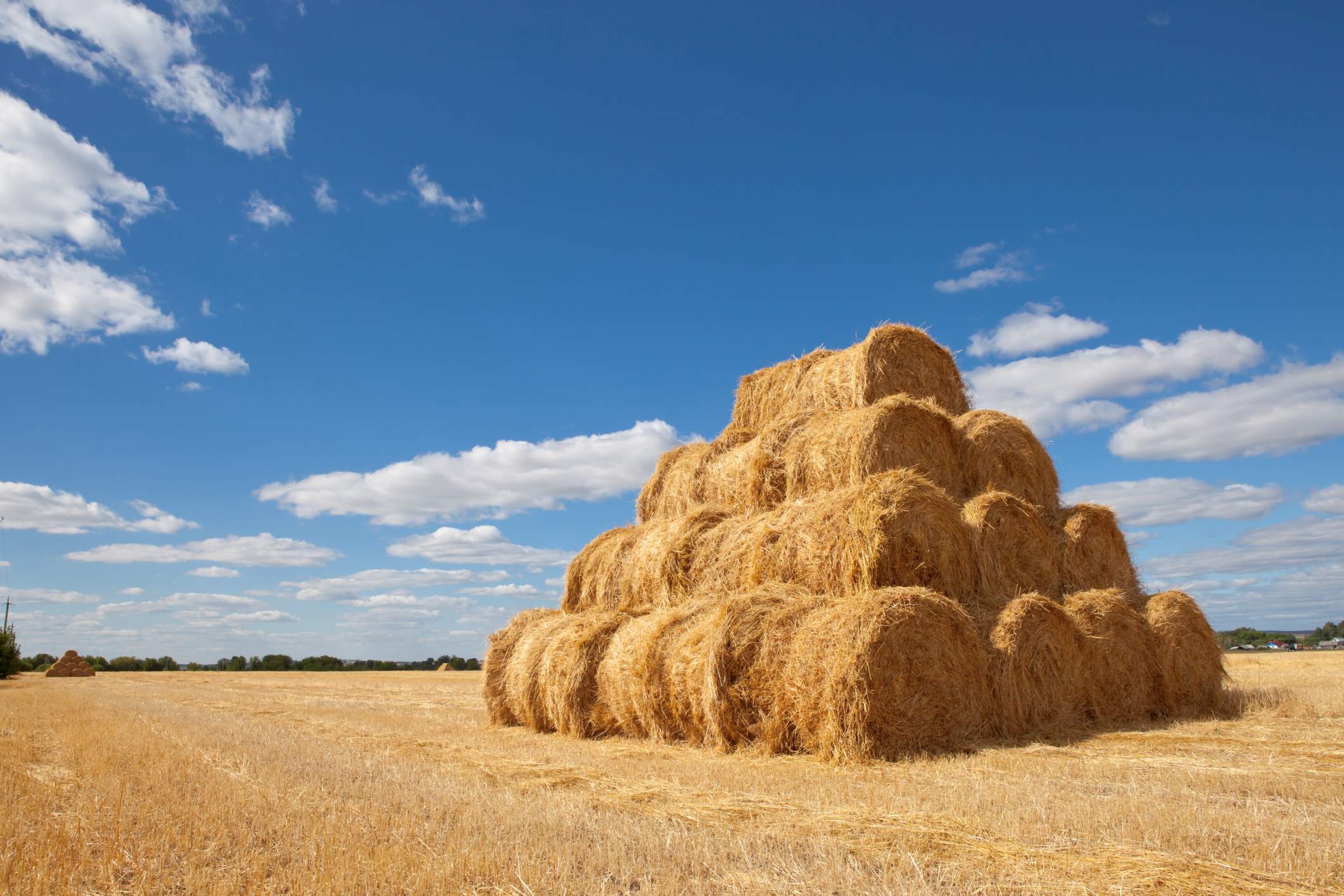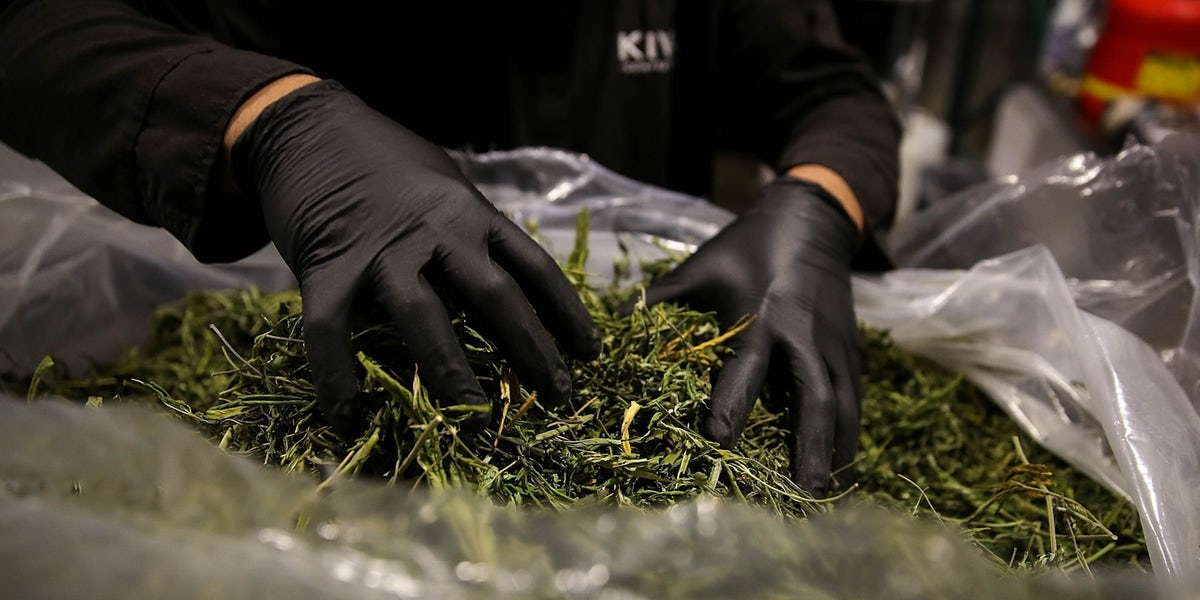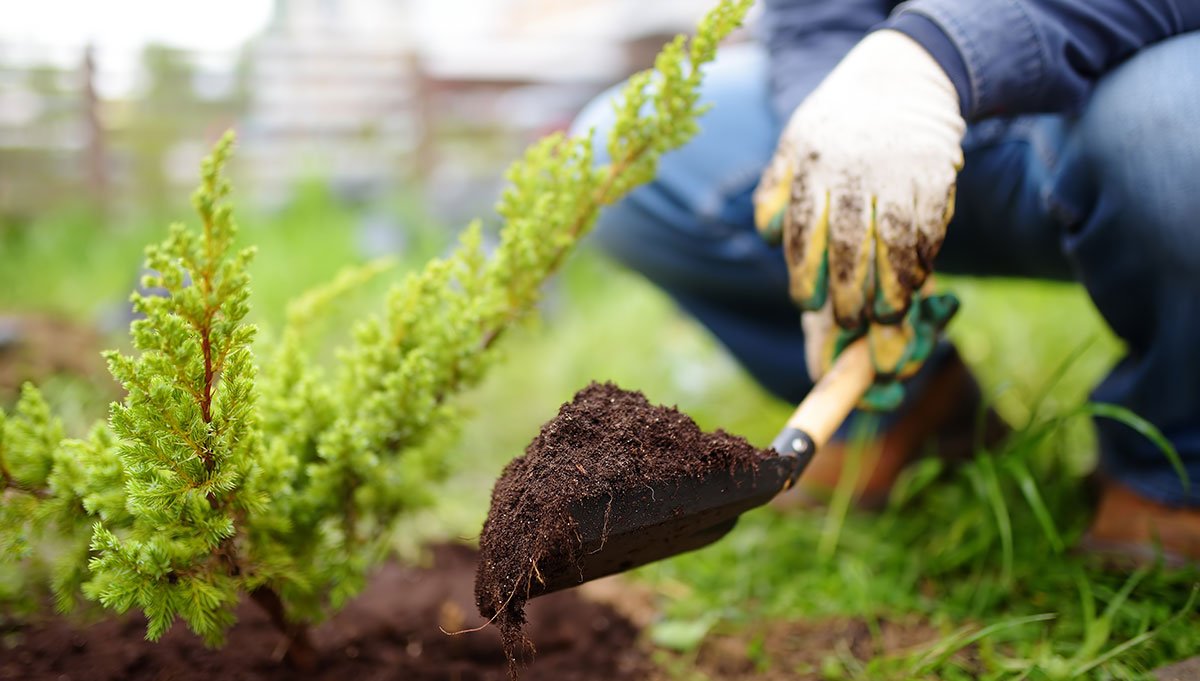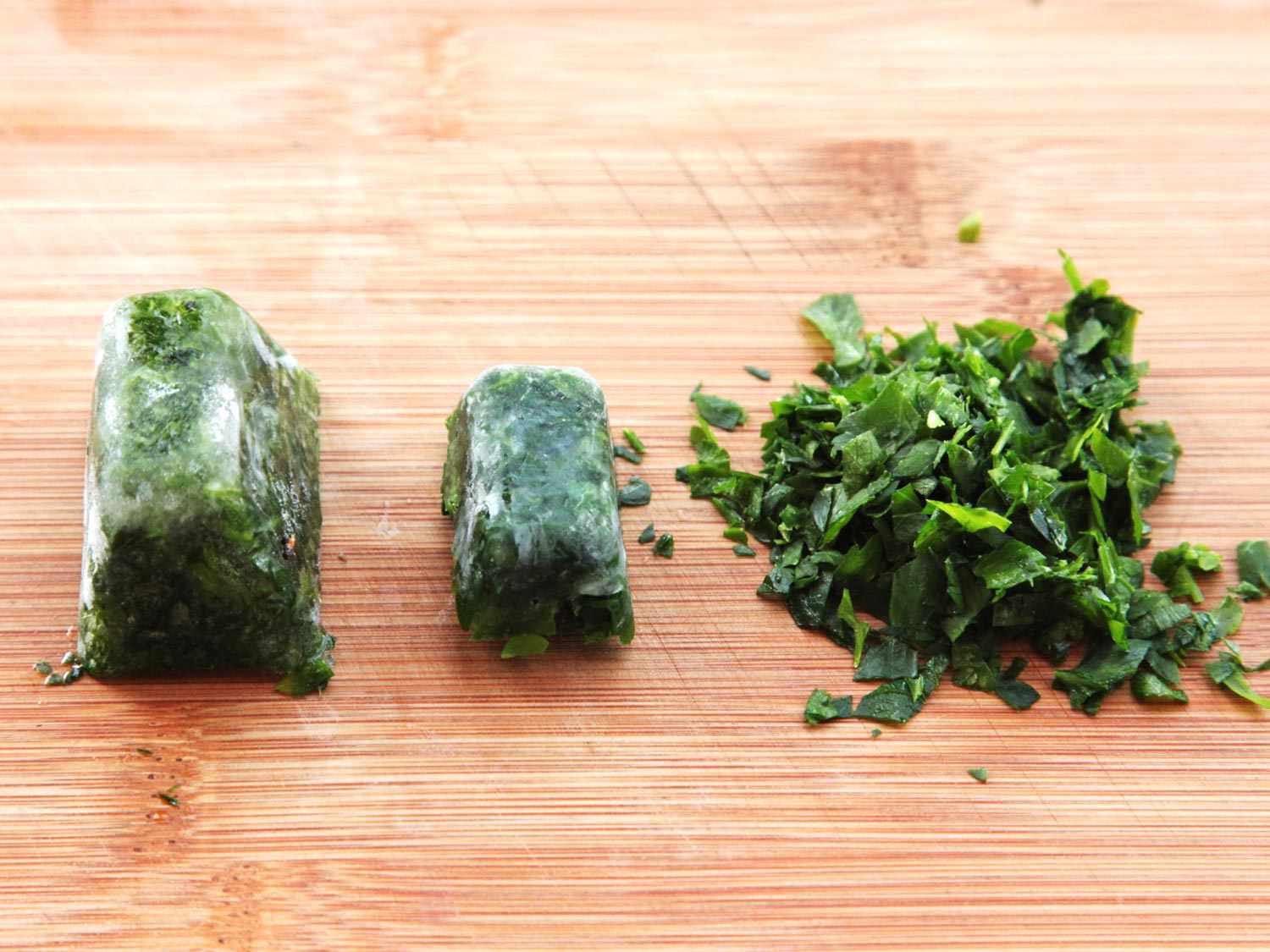Home>Types of Gardening>Edible Gardening>When Do You Plant Herbs
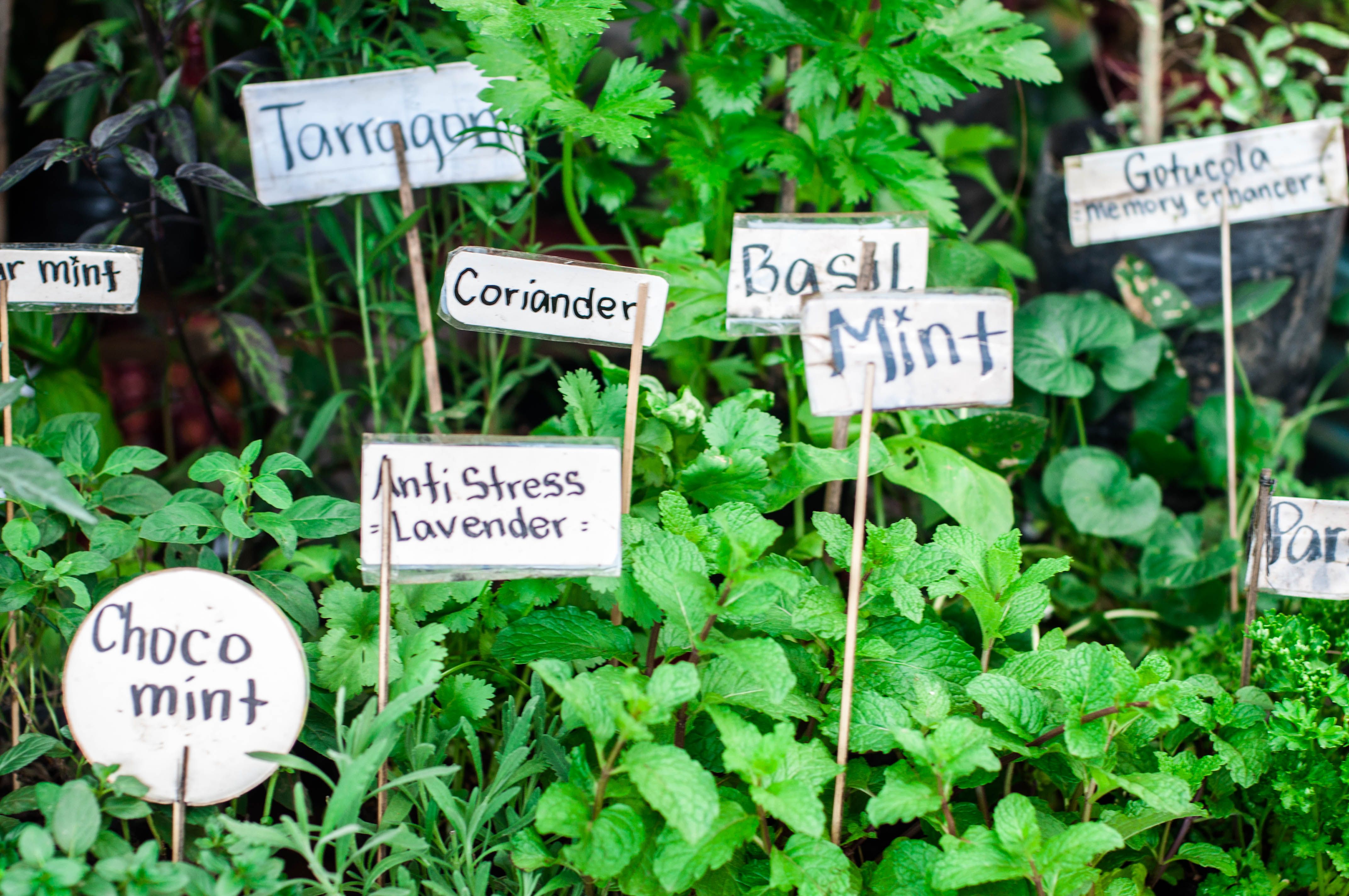

Edible Gardening
When Do You Plant Herbs
Modified: February 9, 2024
Learn when and how to plant herbs for your edible garden. Get expert tips and advice on edible gardening. Start growing your own herbs today!
(Many of the links in this article redirect to a specific reviewed product. Your purchase of these products through affiliate links helps to generate commission for Chicagolandgardening.com, at no extra cost. Learn more)
Table of Contents
Introduction
Welcome to the wonderful world of edible gardening! If you have a passion for fresh flavors and a desire to grow your own herbs, you’ve come to the right place. Growing your own herbs is a rewarding and fulfilling experience that allows you to have a continuous supply of aromatic and flavorful plants right at your fingertips.
Before you delve into the exciting journey of planting herbs, it’s important to understand the factors that contribute to successful growth. These factors include the type of herbs you want to grow, the available space you have, the prevailing weather conditions in your region, and whether you plan to plant your herbs indoors or outdoors.
Planting herbs offers a multitude of benefits. Not only do they add a burst of freshness and flavor to your culinary creations, but they also make for beautiful and fragrant additions to your garden or windowsill. Whether you’re a seasoned gardener or a beginner, there are a few key considerations to keep in mind before you get your hands dirty.
In this comprehensive guide, we will explore the best practices for planting herbs both indoors and outdoors, as well as the optimal time to plant different types of herbs. By following these tips and guidelines, you’ll be well on your way to growing a thriving herb garden that will provide you with a bountiful harvest for years to come.
Factors to Consider before Planting Herbs
Before you start planting herbs, there are several important factors to consider to ensure their success and maximize your harvest. These factors will help you make informed decisions about the type of herbs to grow, the location for planting, and the care they require.
Firstly, consider the climate in your region. Different herbs thrive in different climates, so it’s crucial to choose herbs that are well-suited to the temperature, sunlight, and humidity levels in your area. For example, Mediterranean herbs such as rosemary, thyme, and oregano prefer hot and dry climates, while mint and parsley thrive in cooler and more moist conditions.
Next, think about the available space you have for your herb garden. Whether you have a large backyard or a small balcony, there are options for growing herbs in any space. If you have limited space, consider planting herbs in containers or hanging baskets. This allows you to make the most of vertical space and easily move the herbs around to optimize sunlight exposure.
Another important factor to consider is the amount of sunlight your chosen location receives. Most herbs require at least six hours of direct sunlight per day to grow and thrive. Observe your planting area throughout the day to determine how much sunlight it receives. If you have a shady spot, consider growing herbs like chives or cilantro that can tolerate less direct sunlight.
Soil quality is also a key factor in successful herb planting. Herbs prefer well-draining soil that is rich in organic matter. Before planting, amend the soil with compost or other organic materials to improve its fertility and drainage. If you have heavy clay soil, consider creating raised beds or using containers with a high-quality potting mix.
Lastly, think about the purpose of your herb garden. Are you primarily growing herbs for culinary use, medicinal purposes, or simply for the beauty they bring to your outdoor space? This will influence the type of herbs you choose and how you care for them. For example, if you plan to use herbs in cooking, it’s best to grow varieties that are known for their flavor and aroma.
By considering these factors before planting herbs, you’ll be well-prepared to create a thriving herb garden that suits your climate, space, and personal preferences. Taking the time to plan and prepare will help set the foundation for a successful and enjoyable gardening experience.
Planting Herbs Indoors
If you don’t have access to an outdoor space or if you want to enjoy fresh herbs year-round, planting herbs indoors is a fantastic option. Indoor herb gardens not only provide easy access to herbs for culinary uses but also add greenery and freshness to your living space. Here are some key steps to successfully plant and care for herbs indoors.
Choose the right container: Selecting the right container is crucial for indoor herb gardening. Use pots or containers with drainage holes to prevent waterlogging. The size of the container depends on the herb’s growth habit and the available space. Ensure that the container is large enough to accommodate the herb’s root system and allows for proper airflow.
Select the appropriate soil: Use a well-draining potting mix specifically formulated for container gardening. Avoid using garden soil as it can become compacted and hinder root growth. The potting mix should be loose and have good water retention capacity while providing adequate drainage.
Choose the right herbs: Some herbs are better suited for indoor growing conditions than others. Herbs like basil, chives, mint, parsley, and thyme are great choices for indoor gardens. Consider your preferred culinary herbs and select varieties that are known to thrive indoors.
Provide adequate light: Ample light is essential for the proper growth of herbs indoors. Place your herb garden in a location that receives at least six hours of direct sunlight each day. If sufficient natural light is not available, supplement with artificial grow lights to ensure the plants get the required light energy for photosynthesis.
Water appropriately: Proper watering is essential to avoid overwatering or underwatering your herbs. Check the moisture level of the soil regularly and water when the top inch feels dry. Avoid waterlogging, as it can lead to root rot. Water thoroughly until water drains out of the bottom of the container and remove any excess water.
Provide adequate humidity: Herbs generally prefer higher humidity levels. Increase humidity by misting the leaves with water or placing the pots on a tray filled with water and pebbles. This allows the water to slowly evaporate, creating a humid microclimate around the herbs.
Trim and harvest regularly: Regular pruning and harvesting promote bushier and healthier growth. Pinch back the herbs’ growing tips to encourage branching and prevent leggy growth. Harvest the leaves as needed, ensuring you leave enough foliage for the herbs to continue growing.
By following these steps, you can create a thriving indoor herb garden that will provide you with fresh herbs year-round. Enjoy the convenience and freshness of having a mini herb garden in your home, and elevate your culinary creations with the bounty of flavors that homegrown herbs offer.
Planting Herbs Outdoors
Planting herbs outdoors allows you to harness the full potential of nature’s elements and create a flourishing, aromatic herb garden. Whether you have a dedicated garden plot, raised beds, or even a small patch of land, here are some essential steps to successfully plant and care for herbs outdoors.
Select the right location: Choose a sunny spot for your herb garden. Most herbs require at least six hours of direct sunlight per day to thrive. Consider the natural light conditions in your outdoor space and choose an area that receives ample sunlight. Avoid planting in areas with excessive shade or competition from large trees or shrubs.
Prepare the soil: Prior to planting, prepare the soil by removing any weeds or grass. Loosen the soil with a garden fork or tiller to ensure good drainage. Add organic matter such as compost or well-rotted manure to improve the soil’s fertility and structure. This will provide a nutrient-rich environment for your herbs to grow and thrive.
Planting method: Herbs can be planted either from seeds or seedlings. If starting from seeds, follow the instructions on the seed packet for the appropriate planting depth and spacing. For seedlings, dig a hole slightly larger than the root ball and gently place the plant into the hole. Fill in with soil, ensuring the plant is at the same depth as it was in its nursery container.
Watering: After planting, water the herbs thoroughly to help settle the soil around the roots. Provide regular watering to keep the soil consistently moist, especially during dry periods. Watering in the mornings or late afternoons allows the plants to absorb the moisture before the heat of the day. Avoid excessive watering, as it can lead to root rot.
Mulching: Apply a layer of organic mulch around the base of the plants to help conserve moisture, suppress weeds, and regulate soil temperature. Mulch also adds organic matter to the soil as it breaks down. Avoid placing mulch directly against the stems of the herbs to prevent the risk of rotting.
Regular maintenance: Maintain your herb garden by regularly removing weeds, which can compete with herbs for nutrients and water. Pinch back the tips of the herbs to encourage bushier growth and prevent legginess. Monitor for any signs of pests or diseases, and take appropriate measures to control them if necessary.
Harvesting: Enjoy the fruits of your labor by harvesting your herbs when they have reached the desired size. Harvesting stimulates new growth, so regular harvesting will keep your plants productive. Cut herbs in the morning when the oils are most concentrated for the best flavor and aroma.
By following these steps and providing the proper care, you can create a vibrant and productive herb garden outdoors. Embrace the beauty of nature as you enjoy the flavors and scents of a bountiful herb garden that will enhance your culinary creations and bring life to your outdoor space.
Best Time to Plant Different Types of Herbs
Timing plays a crucial role in the successful growth of herbs. While some herbs can be planted year-round, others have specific preferences when it comes to the best time for planting. Understanding the optimal planting times for different types of herbs will help you maximize their growth and ensure a thriving herb garden.
Annual Herbs: Annual herbs such as basil, cilantro, and dill are best planted in the spring, after the last frost has passed. These herbs prefer warm soil temperatures and thrive in the heat of summer. Planting them too early in colder temperatures can stunt their growth. Harvest these herbs throughout the growing season for fresh culinary use, as they typically do not survive the winter.
Perennial Herbs: Perennial herbs like rosemary, thyme, and sage have a longer lifespan and can be planted in either spring or fall. Spring planting allows them to establish their root systems during the warm season, while fall planting gives them a head start before winter dormancy. Perennial herbs require protection during winter in colder regions, so ensure you mulch around the base of these plants to insulate the roots from freezing temperatures.
Biennial Herbs: Biennial herbs, such as parsley and caraway, have a two-year growth cycle. They form leaves in their first year and then flower and produce seeds in the second year. For these herbs, it’s best to sow the seeds in late spring or early summer. This will allow them to grow foliage in the first year and overwinter, so they can flower and set seeds the following year.
Herbs for Fall Planting: Some herbs, like chives and garlic, benefit from a fall planting. Plant them in late summer or early fall, allowing them to establish their root systems before the colder weather sets in. Fall planting gives these herbs a head start and ensures they are well-established for vigorous growth in the following spring.
It’s important to note that planting times can vary depending on your specific location and climate zone. Consider your local frost dates and follow the recommended planting times for your region. Additionally, keep an eye on weather conditions and avoid planting during periods of extreme heat or cold, as this can stress the herbs.
By understanding the best planting times for different types of herbs, you can optimize their growth and ensure a productive herb garden. Take advantage of the appropriate season to sow your favorite herbs, and enjoy a bountiful harvest of fresh flavors and aromatic scents throughout the year.
Tips for Successful Herb Planting
Planting herbs may seem like a simple task, but there are some essential tips and practices that can greatly contribute to the success of your herb garden. By implementing these tips, you’ll create an ideal environment for your herbs to thrive and yield an abundant harvest. Here are some key tips for successful herb planting:
Choose high-quality seeds or seedlings: Start with reliable sources for seeds or purchase healthy seedlings from local nurseries or reputable suppliers. Opt for organic or heirloom varieties whenever possible to ensure the best quality and flavor.
Read and follow seed packet instructions: Each herb has specific requirements for planting depth, spacing, and germination temperature. Carefully read the instructions on the seed packet or plant label and follow them accordingly to give your herbs the best start.
Provide proper drainage: Herbs prefer well-draining soil to prevent root rot. Ensure your garden beds or containers have adequate drainage holes to allow excess water to escape. If your soil is heavy or clayey, consider amending it with organic matter or creating raised beds to improve drainage.
Water consistently: Herbs need consistent moisture in their soil. Avoid overwatering or underwatering by checking the moisture level regularly. Water deeply when the top inch of soil feels dry and ensure the water penetrates the root zone. Mulching can help retain moisture and reduce the need for frequent watering.
Consider companion planting: Some herbs have natural synergies when planted together. Basil, for example, is believed to enhance the growth of tomatoes when planted nearby. Research companion planting techniques to maximize the benefits and productivity of your herb garden.
Prune and harvest regularly: Regular pruning and harvesting promote healthier growth and extend the lifespan of your herbs. Pinch back the growing tips to encourage bushier plants and prevent them from becoming leggy. Harvest leaves regularly to encourage new growth and maintain the flavor and quality of the herbs.
Protect from pests and diseases: Monitor your herb garden for common pests like aphids, snails, or caterpillars. Use organic pest control methods whenever possible to keep your herbs safe for consumption. Proper air circulation, regular watering, and maintaining healthy soil conditions can also prevent the onset of diseases.
Continual care and maintenance: Regularly check your herbs for any signs of nutrient deficiencies, yellowing leaves, or wilting. Provide necessary fertilization and amendments to ensure a healthy and vibrant herb garden. Remove any weeds that compete with your herbs for nutrients and sunlight.
Observe and learn: Pay attention to the growth patterns and habits of your herbs. Take note of their preferences for sunlight, water, or other environmental factors. Each herb may have different needs, and observing their responses will help you tailor your care accordingly.
By following these tips, your herb planting endeavors will be met with success. Embrace the joy of nurturing your herb garden and savor the delight of using fresh, homegrown herbs in your culinary creations.
Conclusion
Congratulations! You are now equipped with the knowledge and insights to embark on a successful journey of planting and growing your own herb garden. By considering factors such as climate, space, and sunlight, you can create an ideal environment for your herbs to thrive. Whether you choose to plant herbs indoors or outdoors, each option offers its own benefits and rewards.
Remember to plant herbs at the appropriate times based on their specific requirements, and provide them with proper care and maintenance. Regular watering, pruning, and harvesting will help your herbs grow vigorously and provide you with a steady supply of fresh flavors and aromas.
As you delve into the world of edible gardening, allow yourself to be curious and experimental. Explore different herb varieties, try companion planting techniques, and observe the unique characteristics of each herb as it grows. Gardening is a continuous learning process, so embrace it with an open mind and enjoy the journey.
Not only will your herb garden provide you with an abundant harvest of aromatic and flavorful herbs, but it will also bring beauty and greenery to your surroundings. The satisfaction of seeing your plants thrive, nurturing them from seeds or seedlings to full-grown herbs, is truly rewarding.
So, roll up your sleeves, get your hands dirty, and embark on your herb planting adventure. Whether you’re a seasoned gardener or a beginner, the joy and fulfillment of growing your own herbs are unparalleled. Embrace the flavors, scents, and beauty of a flourishing herb garden, and let it enrich your culinary creations and enhance your connection with nature.
Happy herb planting!


